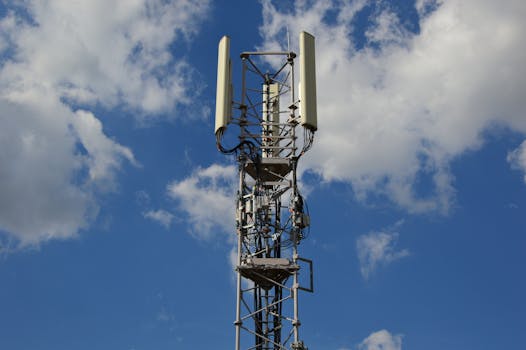
GEO Satellites: Understanding the Technology and Applications
GEO satellites, or Geostationary Earth Orbit satellites, are a type of satellite that orbits the Earth at an altitude of approximately 36,000 kilometers. They are stationed above the equator and remain stationary relative to a fixed point on the Earth’s surface, allowing them to provide continuous coverage of a specific region. GEO satellites are a crucial part of modern telecommunications, providing a wide range of services including television broadcasting, internet connectivity, and mobile communications.
The technology behind GEO satellites is complex and involves a number of key components. The satellite itself is equipped with a range of instruments, including transponders, antennas, and solar panels. The transponders are used to receive and transmit signals, while the antennas are used to direct the signals towards the Earth. The solar panels provide power to the satellite, allowing it to operate for extended periods of time.
Applications of GEO Satellites
GEO satellites have a wide range of applications, including television broadcasting, internet connectivity, and mobile communications. They are also used for weather forecasting, navigation, and remote sensing. In addition, GEO satellites are used for military communications, providing secure and reliable connectivity for military personnel and equipment.
One of the most significant applications of GEO satellites is in the provision of television broadcasting services. GEO satellites are used to transmit television signals to receivers on the ground, allowing for the broadcast of television programs to a wide audience. They are also used to provide internet connectivity, allowing people in remote or underserved areas to access the internet.
Benefits and Challenges of GEO Satellites
The use of GEO satellites has a number of benefits, including the provision of global coverage, high bandwidth, and reliability. GEO satellites are able to provide continuous coverage of a specific region, allowing for the provision of services such as television broadcasting and internet connectivity. They are also able to provide high bandwidth, allowing for the transmission of large amounts of data.
However, the use of GEO satellites also has a number of challenges. One of the main challenges is the high cost of launching and operating a GEO satellite. The launch of a GEO satellite can cost hundreds of millions of dollars, and the ongoing costs of operating the satellite can be significant. Additionally, GEO satellites are subject to interference from other satellites and terrestrial systems, which can impact their performance.
Future Developments in GEO Satellites
The future of GEO satellites is likely to be shaped by a number of factors, including advances in technology and changes in market demand. One of the key trends in the GEO satellite industry is the development of high-throughput satellites, which are designed to provide high bandwidth and capacity. These satellites are likely to play an important role in the provision of services such as internet connectivity and television broadcasting.
In addition, there is a growing trend towards the use of smaller, more agile satellites, which are designed to be more cost-effective and flexible than traditional GEO satellites. These satellites are likely to be used for a range of applications, including earth observation and communications.




